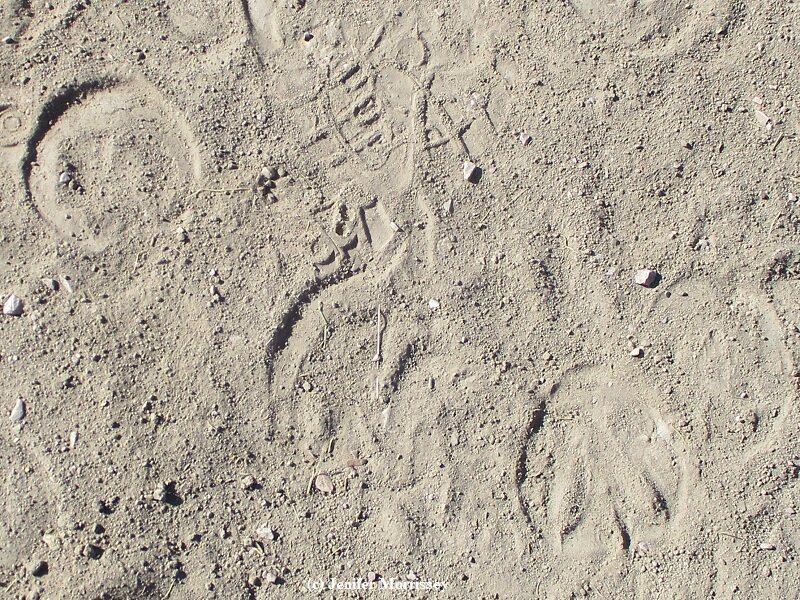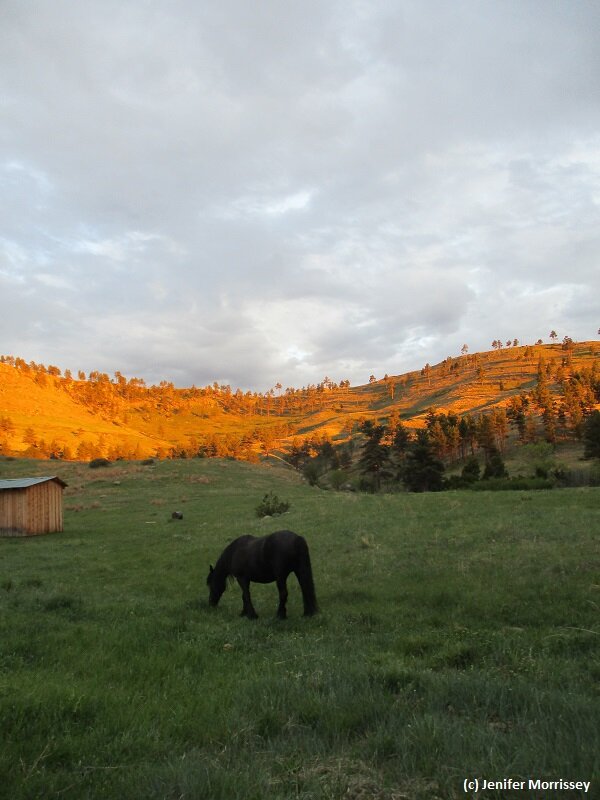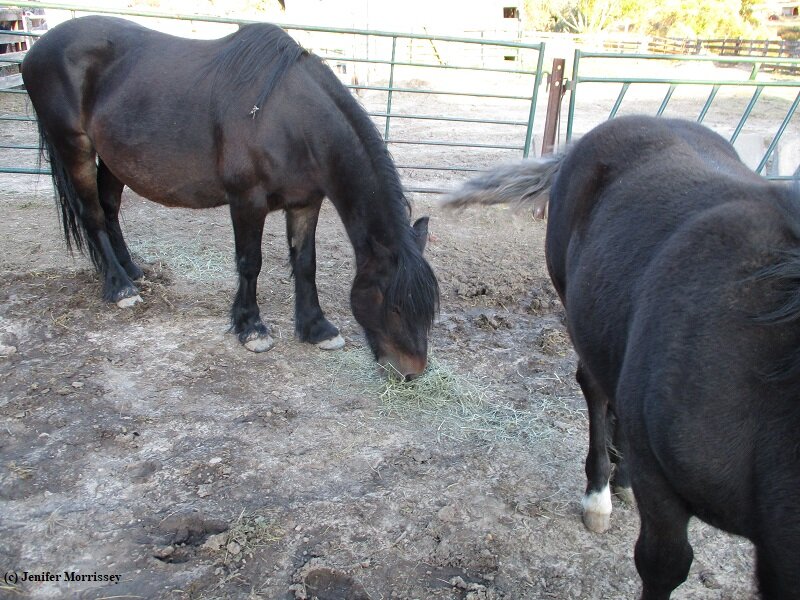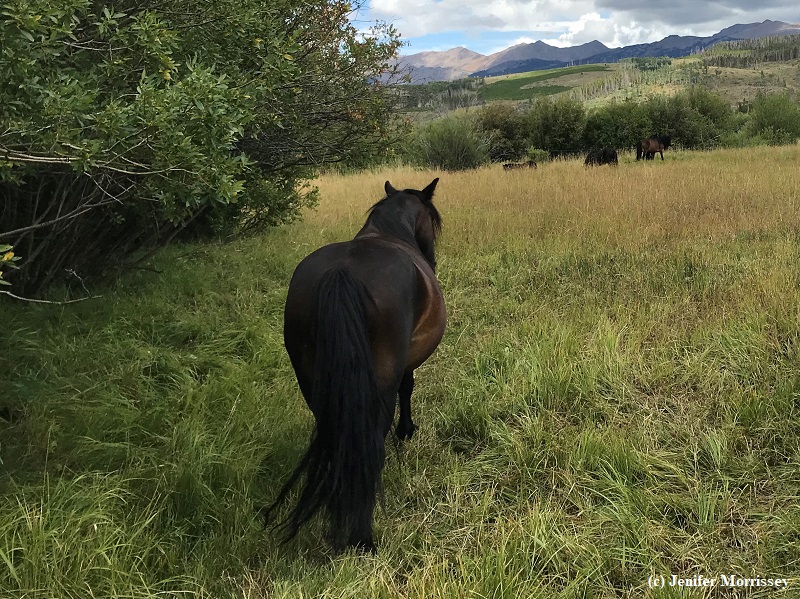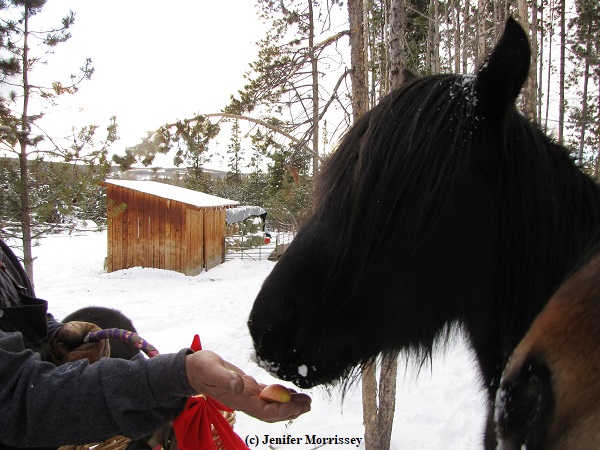With my long interest in working ponies, and being steeped as I am in British native pony breeds and especially the Fell, I am always pleased and surprised when I learn of a new breed of working pony. It can be so easy to assume that Great Britain and to a lesser extent Europe have been the sole enthusiasts of small equines for work. So I was thrilled to learn of the Hequ (previously known as the Nanfan), a breed from the 7th century in China.
Not unlike the Welsh Pony with its four sections, there are three types of Hequ: the Jiaoke (or Jiaode), the Suoke and Kesheng. The types vary in characteristics based on where they are from. They range in height from 12.3 to 14.3 and are typically used ridden, including local racing, or for light draft work. They are uniquely adapted for life at high altitude. Hequ are sure-footed and show good endurance and recovery from exertion. While they are referred to as horses, they have many characteristics of the pony phenotype, such as a wide forehead, a broad and deep chest, a well coupled loin, legs of medium length, and a well-sloped shoulder.
This breed came to my attention because of arising health issues. (1) The issues were reported after changes in grazing management. The issues ended up being due to a lack of selenium in areas where the horses were grazing and were resolved with selenium supplementation.
Because I’ve been dealing with (minor) health issues related to grazing management in my Fell Pony herd, I couldn’t help but notice a parallel between the Hequ and my ponies. For my herd it was copper, not selenium, that needed to be supplemented to resolve the fading of their coats. It can be so easy to forget how important minerals are to good health and how changes in grazing practices require us to pay attention to changes in the nutrient content of the forage that is the foundation of their health.
© Jenifer Morrissey, 2021
“Modern Problem for an Ancient Breed,” Equus #502, Autumn 2020, p. 17.
Photo by gill_penney and used via Creative Commons 2.0 https://creativecommons.org/licenses/by/2.0/

